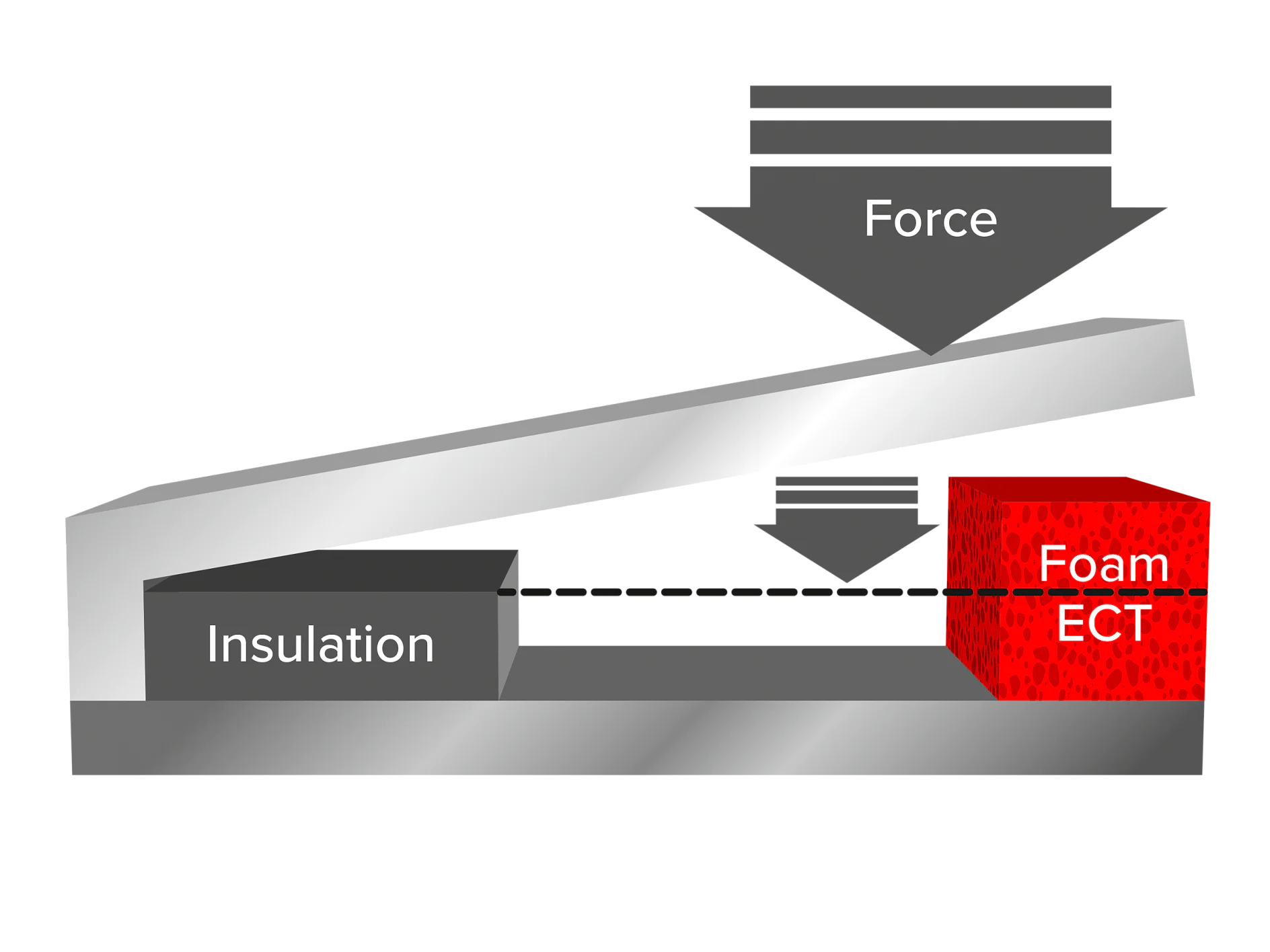Electrically Conductive Tape
Electrically Conductive Adhesive Tape (ECT) is used for sensitive applications such as automotive, aerospace, defense, medical, and telecom products. ECT is designed with conductive pressure-sensitive adhesives and a variety of different conductive backings. By offering a broad assortment of filled acrylic adhesive systems with a balance between electrical conductivity and adhesive properties, we are able to provide the best solution for your requirements.

